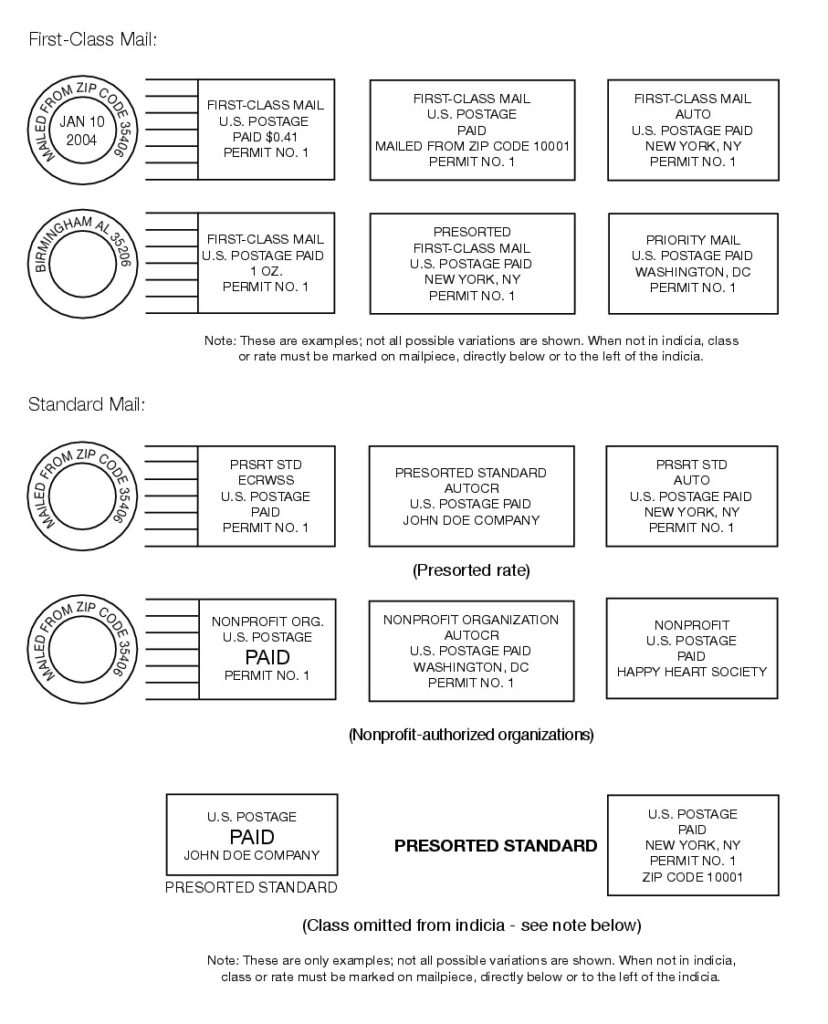In the rapidly evolving world of marketing, the ability to innovate — to pivot, adapt, and break new ground — is invaluable. Yet, for many organizations, a significant roadblock to this agility is not external competition or lack of resources, but internal bureaucracy. In theory, bureaucratic procedures are designed to streamline operations, ensuring consistency and compliance. However, when these procedures become too rigid, they stifle the creativity and responsiveness crucial to effective marketing.
The Challenge of Bureaucracy in Marketing
At its core, marketing thrives on creativity and experimentation. It requires the freedom to test new ideas, iterate, and fail. Bureaucracy, with its layers of approvals and fixed procedures, can slow down this dynamism, turning what should be a sprint into a marathon. In environments where every new campaign, tool, or message must navigate a labyrinth of red tape, the pace of innovation drastically slows.
How Bureaucracy Stifles Innovation
- Delayed Decision-Making: In a bureaucratic setup, decision-making requires the approval of multiple levels of management. This can delay the launch of new campaigns or the adoption of innovative strategies, causing the company to lose its competitive edge.
- Risk Aversion: Bureaucracy inherently promotes risk aversion. There is a preference for sticking with “tried and true” methods rather than exploring new and untested ideas. This risk-averse culture can prevent marketing departments from pioneering unique approaches that could potentially redefine the market.
- Limited Autonomy: Marketing teams in highly bureaucratic organizations often lack the autonomy to make swift decisions. This can demotivate professionals who thrive on creative freedom and direct impact, leading to a workforce that’s less engaged and less innovative.
- Resource Constraints: Bureaucratic processes can lead to inefficient allocation of resources. By the time approvals are given, the opportunity for impact may have diminished, or the resources might have been redirected elsewhere, under the guise of maintaining budgetary controls or pursuing more conservative goals.
The Consequences for Marketing
The impact of a bureaucratic structure on marketing can be profound:
- Slower Response to Market Changes: In a discipline that depends heavily on timing, the inability to act quickly can result in missed opportunities.
- Decreased Competitive Advantage: When marketing fails to innovate, it not only loses the edge over competitors but may also fall behind in meeting consumer expectations, which are constantly shaped by evolving technologies and trends.
- Talent Drain: Creative talents may seek environments that are more conducive to innovation and less restricted by layers of bureaucracy.
Strategies to Foster Innovation within Bureaucratic Structures
Despite these challenges, there are ways to nurture innovation within a bureaucratic framework:
- Empower Teams: Allow greater autonomy at lower levels of the organization. Empowering individual teams to make certain decisions can help speed up the innovation process.
- Streamline Processes: Regularly review and streamline approval processes to reduce unnecessary steps that do not add value but significantly slow down execution.
- Cultivate an Innovation Culture: Senior leaders should actively encourage experimentation and accept the risks associated with it, including the possibility of failure. This can be complemented by setting aside resources specifically for innovation.
- Implement Agile Methodologies: Adopt agile marketing strategies that allow for rapid iteration and responsiveness to change, even within a structured environment.
- Reward Innovation: Create incentive programs that reward innovative thinking and successful implementation of new ideas, regardless of the outcome.
While bureaucracy is often necessary to maintain order and ensure accountability, it is crucial for organizations to find a balance that also encourages innovation, particularly in the marketing domain. By adopting strategies that promote flexibility, autonomy, and a culture of innovation, companies can overcome the stifling effects of bureaucracy and maintain their competitive edge in a fast-paced market.










